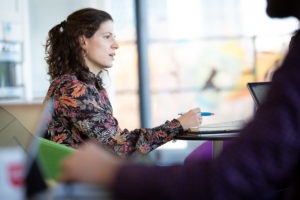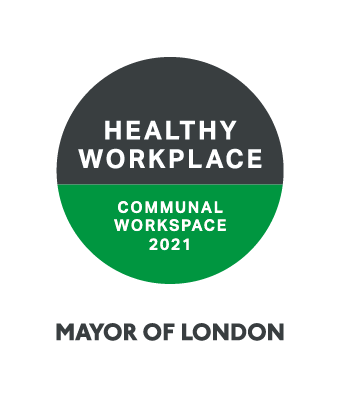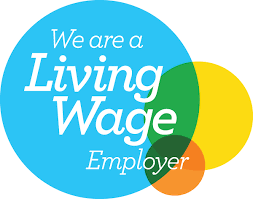The Changing Shape of the Office Space
For decades the image of office life in cities was synonymous with suits and briefcases, long commutes, packed trains, streams of people walking over bridges at the same time every morning and evening. The concept of rush hour.
While this model has evolved over time with modernised workplaces, open plan offices, hot desks and co-working spaces, relaxed dress codes and better coffee, that core engrained structure, the very physicality of going to the office is still there.
Or it was.
When the Covid-19 pandemic hit and we became sequestered in our homes, everyone suddenly instructed to work from home, everything changed.
The move to remote working was already on the rise before it was an enforced instruction as organisations and companies look to be competitive, investing in employee wellbeing as well as cost effective.
The thing is, right now, we are not working from home. We are at home, as the world is shaken by a global crisis, trying to work. There are challenges of balancing childcare and home-schooling without support from anyone outside of our own households as might ordinarily be the case as well as coping with the very real fear and anxiety that comes with the crisis itself.
Despite this, we are all adapting to a new way of working and showing that something different is possible. It is a clear that the world of work has changed forever. The pandemic has shone a very bright and illuminating light on how we live and work.
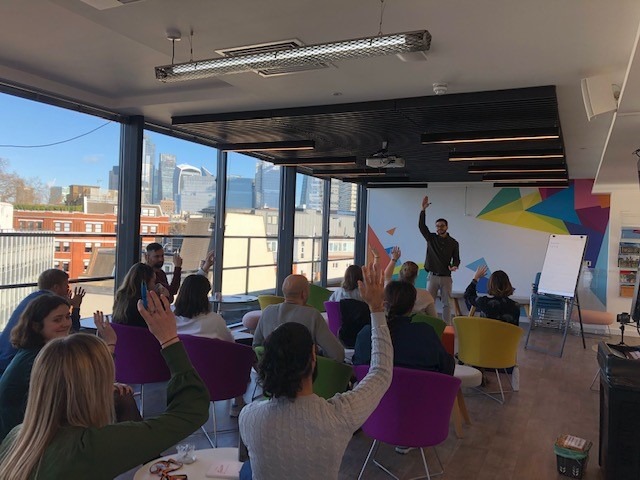
So, what does all this mean for offices, for cities, for co-working spaces like House of Sport?
If everyone can work from home, does the pandemic mean that the office is surplus to requirements? What is the purpose of the workplace?
In a recent report from Hays examining the impact of Covid-19 on wellbeing for over 16,000 professionals across the UK, a lack of social interaction was reported by 24% of respondents as having the biggest negative impact on wellbeing followed by 12% citing isolation and loneliness. 38% of those surveyed stated they are more distant with their colleagues since lockdown with 40% confirming they don’t have access to a support network.
Human beings are naturally social animals. Motivation and creativity come from being around other people. From those random interactions you might have with a colleague whilst grabbing a coffee, from those moments when you are chewing on your pencil and someone across the desk from you says something poignant that resonates. These serendipitous moments cannot be constructed or planned into your diary. By their very nature, they can’t be arranged to happen at 11 am on a Thursday morning. The things that can spark productive and meaningful work bloom and form organically.
In the office, there is the sound of work; laughter and chatter, the kettle boiling, the very backdrop to office life that maybe we thought of as annoying is what humanises it.
The difficulty that comes with working solely in a remote way without any in-person communication is that tone of voice can be difficult to convey through the wonders of technology – what do lines of sentences mean in a text, an Instagram post, something written in an email? Body language cues do not always translate when staring at a screen so we miss the important unspoken language that we might have picked up on had we been in the same room. There is something very life-affirming about human connection.
What are we losing if we don’t go to the office? It gives us meaning to what we do; we get to wear different clothes and bring out a different side to ourselves.
And at the workplace, we’re all in the same situation. Whatever our background, our home set-up, in the office, we all have access to the same coffee, we drink out of the same cups. In this sense, the office can act as the greatest equaliser.
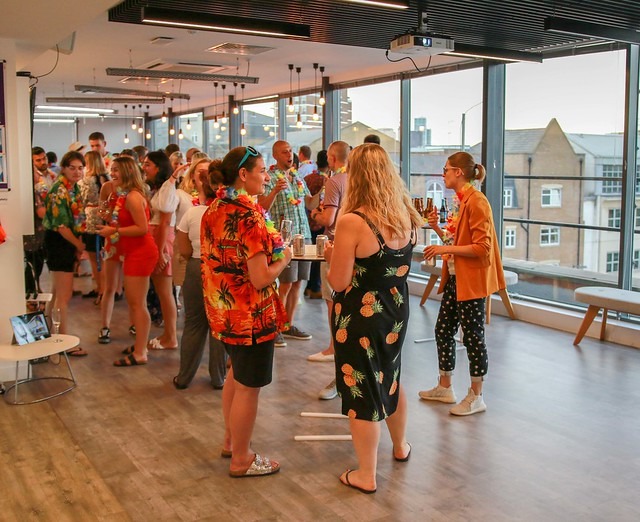
What we miss most about the office is other people and not just the relationships with those people but the sense of belonging that comes from being part of something. A sense of identity.
Much has been written about the importance of work-life balance. The Hays report also outlined that work-life balance and flexible working came out as the topmost important factor when considering a new role, excluding salary.
Separating work from home, creating boundaries, having clear delineated working hours to differentiate work-life and home-life have all come out as key elements in creating a successful work from home set up. Without the physical transition of going somewhere to get to work, the lines of separation can get blurred. Work-life separation is built in when you have to journey to another destination.
There are also clearly practical challenges when it comes to adopting the work from home way of life. Not everyone has a space at home that they can work in, wi-fi connections can be haphazard and all this ether and virtual reality can feel a bit like talking into a vacuum.
But there are great and wonderful things too. Getting rid of a daily commute saves time and money and has a positive impact on the environment. We get to spend more time with our families and those we live with and can rely less on exterior factors to transport us to places on time.
What can we learn about the world of work and how can we use the pandemic to reflect on what can be beneficial and valuable to the workforce and therefore the organisations in which they work?

Flexibility and choice are the things that people crave. In a State of Remote work 2020 report of over 3,500 remote workers from around the world, one of the key benefits of remote working was cited as flexibility. 33% of contributors stated the ability to have a flexible schedule was an overall positive with 26% liking the flexibility they had to work anywhere.
The hard and solid structures of start times, the Monday-Friday, 9-5 life and the very monotony of this routine – coming to the same office every day, this is what can lead to a feeling of burnout, not the actual office itself. Suddenly replacing working every day in an office with working every day at home, something that many may have thought they wanted, is replacing one rigid way of working with another. It is the choice and flexibility that matters.
So, in thinking about the re-imagining of workplaces, it is not just the practical issues of office layouts that make physical distancing possible and stepping up hygiene procedures that will need to be considered. For workplaces to be sustainable also means an investment in the office culture and the incorporation of the positive take-aways from the current crisis.
The Covid-19 crisis does not mean that the office is doomed; it just may mean the birth of new, better and more creative solutions that serve to meet the needs of those that occupy the spaces.
House of Sport is ready and prepared to be reactive and responsive to a new working environment, providing a safe place in which to work that continues to facilitate our core values of encouraging collaboration and a strong culture of community.



